Trump grants Pentagon greater war fighting control amid more deployments in ME war zones
The US military is quietly seizing more leeway over war fighting decisions, deploying hundreds of more troops to war zones in the Middle East with little public debate in a bid to secure greater authority to confront what it refers to as “extremists," a report has unveiled.
While this week US President Donald Trump granted the military more authority to conduct offensive air raids on alleged al-Qaeda-linked militants in Somalia, in the following weeks Trump may give the Pentagon greater control in Yemen, where the US military is seeking to provide more help to the Persian Gulf kingdom of United Arab Emirates (UAE) in its aggression against the Yemeni military and Houthi fighters of the country’s Ansarullah Movement as part of a Saudi-led war on the impoverished nation, AP reported Saturday.
Major decisions on US military interference in Iraq, Syria and Afghanistan are also looming, “from ending troop number limits to loosening rules that guide commanders in the field,” read the report.
With strong backing by Trump, top US military leaders insist they need to be able to act more quickly against purported enemies amid vows by the newly elected president to pursue “Islamic extremists” more forcefully, echoing Pentagon’s view that the Obama administration's tight control over military operations limited effectiveness.
Explaining his request for greater freedom in Somalia operations against al-Shabab militants, the head of US Africa Command, General Thomas Waldhauser told Congress in March that more flexibility and "timeliness" was essential in the decision-making process.
Approved by Trump on Wednesday, the report noted, it was hardly the first US military expansion.
It further pointed out that the US military has quietly doubled the number of American troops in Syria as well as moving military advisers closer to front lines in Iraq. Additionally, it has publicly made the case for more troops in Afghanistan.
Read more:
Pentagon chief asks for deeper military involvement in Yemen
US claims 229 civilian deaths by coalition airstrikes since 2014
Moreover, the White House “is tentatively scheduled this coming week to discuss providing intelligence, refueling and other assistance to UAE” as it battles the Houthi fighters in Yemen, the report added, citing officials speaking on condition of anonymity.
The escalations are developing with little fanfare considering that there is limited American appetite for large-scale deployments in Iraq and Syria. Therefore, the additions are coming incrementally, in the hundreds of forces, rather than in thousands.
The Trump administration has not eliminated Obama's troop number limits. Thus, the caps of 503 for Syria and 5,262 for Iraq are still in effect.
However, the Pentagon is ignoring them with White House approval and “using an already-existing loophole to categorize deployments as temporary,” the report noted.
For instance, several hundred Marines and soldiers were recently sent to Syria to assist US-backed militants, including in the fight to retake ISIL’s self-declared capital of Raqqah. All were deemed temporary so as not to be counted against the cap.
The Pentagon announced on Friday that officially there are 5,262 American troops in Iraq even as officials privately acknowledge at least a couple thousand more there.
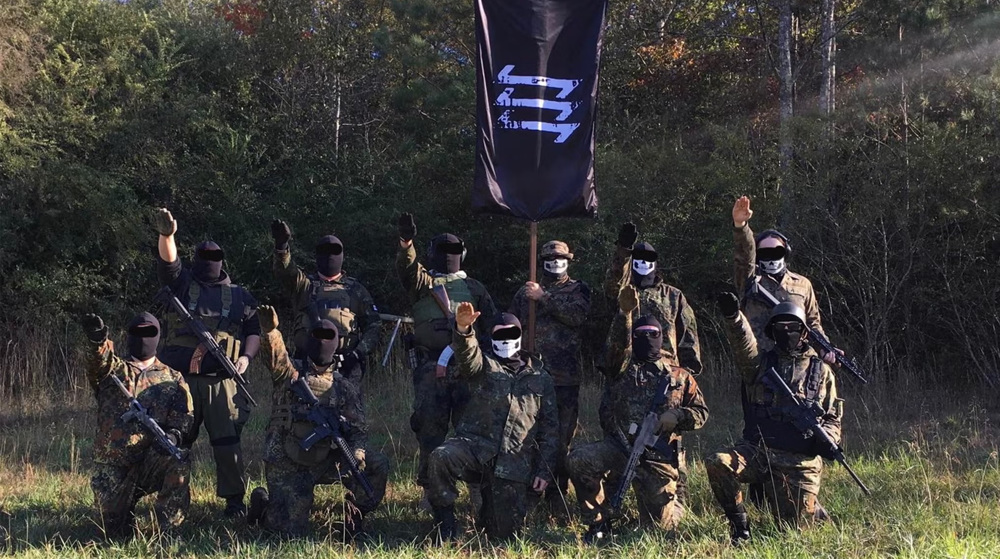
Pentagon allowing extremism in US military to go unchecked: Report
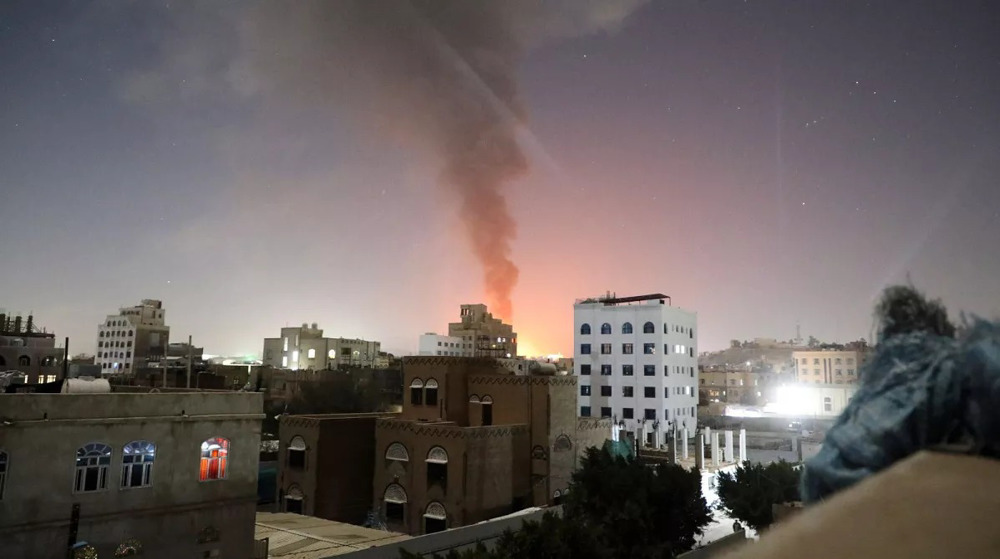
US airstrikes on Yemeni factory kill 6 civilians
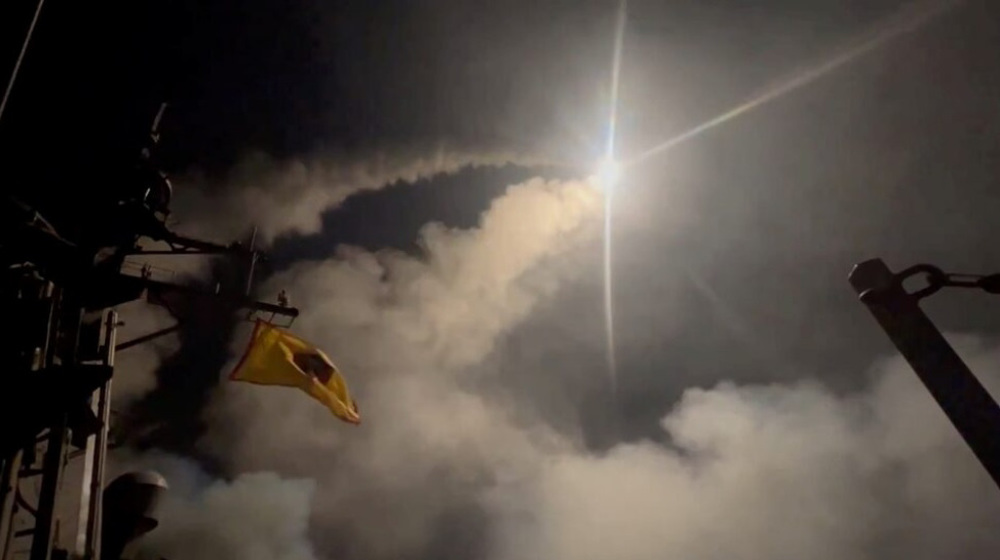
US airstrikes target key educational, training center in Yemen
Iran: Second round of indirect talks with US will be held in Oman
China urges US to ease trade tensions via ‘equal dialogue’
‘Hamas not defeated, military overstretched’: Israeli army chief
Iran, Armenia should elevate ties to strategic partnership: Deputy FM
VIDEO | Yemen shoots down another US MQ-9 drone
VIDEO | A number of Israeli soldiers killed, injured in Gaza ambush as retaliation rages
US pro-Israel strikes killed 123 Yemenis in less than a month: Ministry
VIDEO | Wars and documentaries


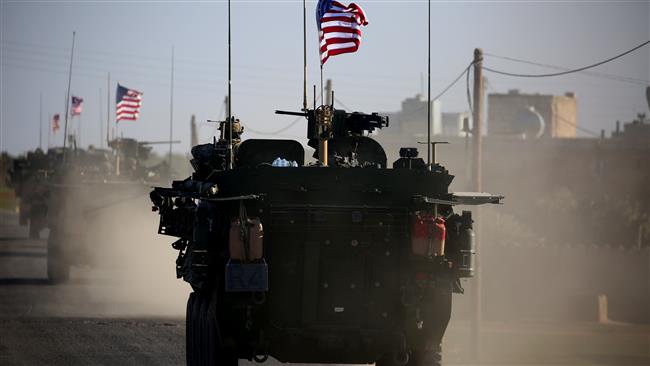



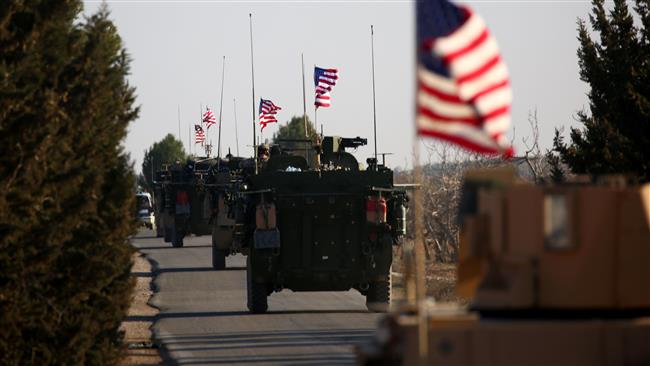
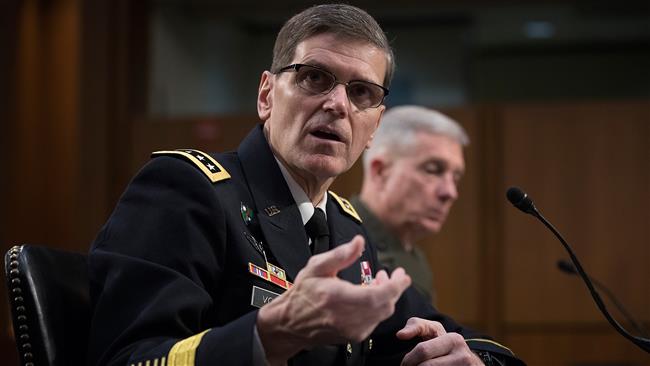
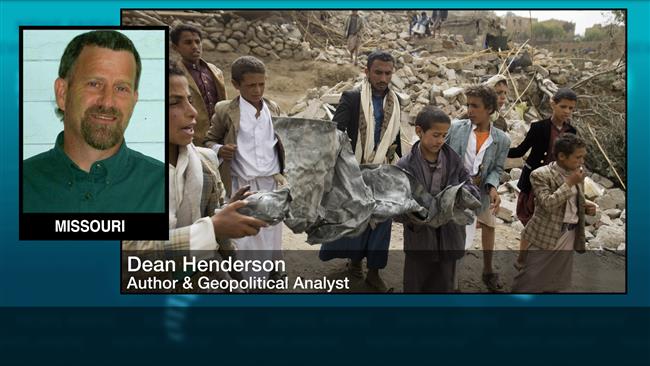

 This makes it easy to access the Press TV website
This makes it easy to access the Press TV website